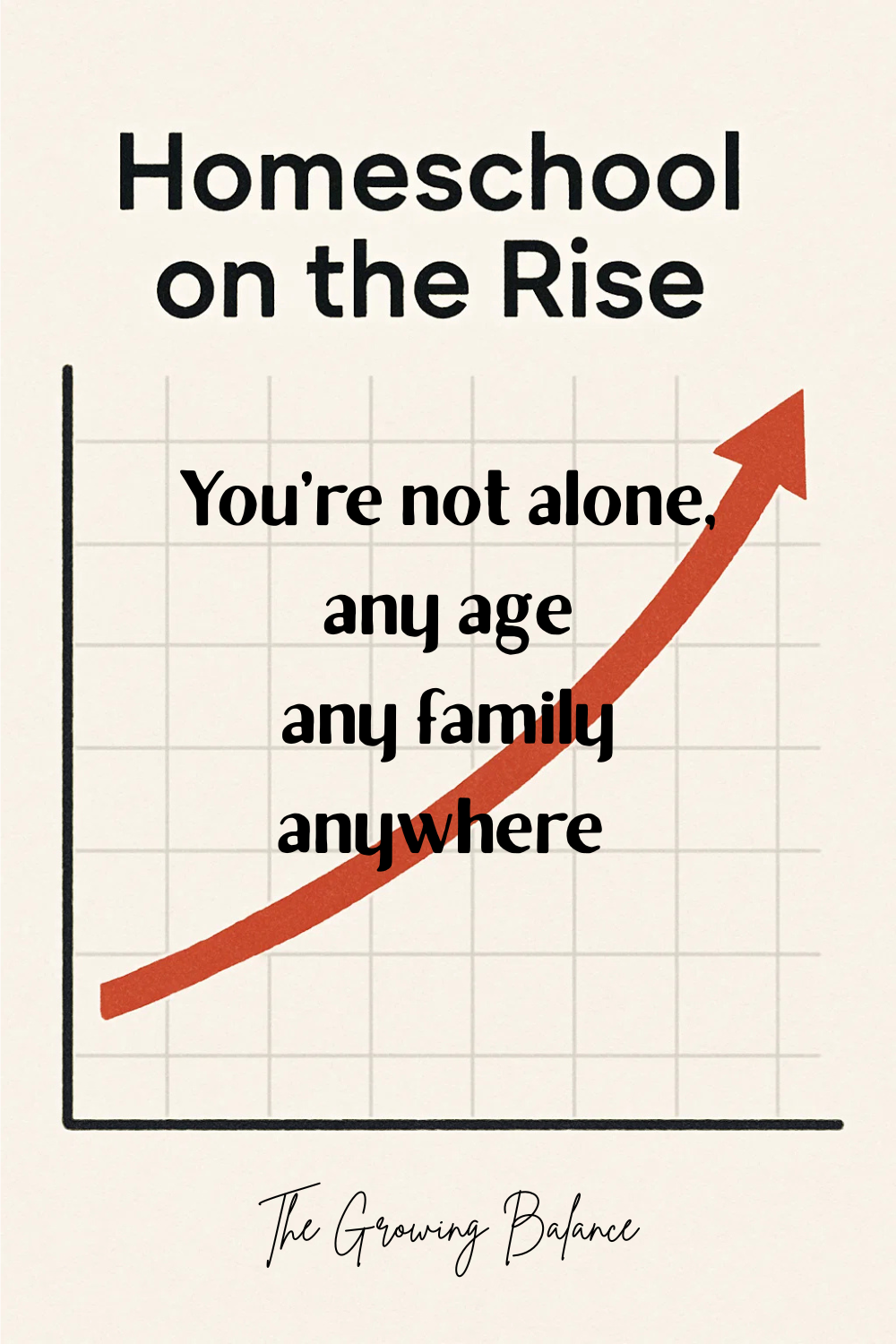How to Start Homeschooling from Scratch — Or Transition to a Better Schooling Experience
More families are choosing homeschooling for its flexibility and focus on personalized, family-centered learning. But where do you begin — especially if you're starting fresh or leaving traditional school?

Whether you're considering homeschooling for the first time or looking to create a better educational experience for your child, you're not alone. More families than ever are rethinking traditional education in favor of personalized, flexible, and family-centered learning. But how do you start homeschooling — especially if you're starting from scratch or coming from a traditional school system?
Here’s a simple guide to help you get started with confidence.
1. Know Your “Why”
Before diving into curriculum choices or lesson plans, ask yourself: Why homeschool?
Your “why” will anchor your journey. Maybe your child needs a more individualized pace, perhaps you're unsatisfied with your local school system, or maybe you want to nurture creativity and critical thinking in a way schools often can’t. Keep your reasons close — they’ll guide your decisions and keep you motivated on hard days.
Every family chooses to homeschool for their own reasons — and that’s perfectly okay. For us, the decision was made even before we had children. I had worked in a school and saw firsthand how much red tape got in the way of helping students who truly needed support. It was heartbreaking. My husband and I knew we wanted something different — something more responsive, more personal. That’s what led us to homeschooling.
2. Understand Your State’s Laws
Homeschooling is legal in many countries and U.S. states, but regulations vary. Some places require paperwork, annual evaluations, or specific curriculum. Others offer more flexibility.
Start by checking your local homeschooling laws. In the U.S., organizations like HSLDA.org provide state-by-state legal breakdowns.
We’re lucky here in Texas—our homeschooling laws are clear, flexible, and beginner‑friendly. However, every state differs, and some can be much more complicated. Before you begin, take a moment to research the laws in your state to ensure you start on solid legal ground.
A great place to begin is the Home School Legal Defense Association’s state-by-state guide, which covers what you need to know—from withdrawal letters to required subjects and record-keeping: Homeschooling Laws in the US.
Quick Legal Checklist for Homeschooling:
| ✅ Task | What to Check |
|---|---|
| 🔍 Notice Requirements | Does your state require a notice of intent or withdrawal letter? |
| 📚 Required Subjects | Are core subjects mandated (e.g. reading, math, civics)? |
| ✏️ Standardized Testing/Portfolio | Does your state require testing, portfolio reviews, or evaluations? |
| 🗂️ Record‑Keeping | Are you required to maintain attendance, curricula documentation, or test results? |
| 🎓 Teacher Qualifications | Does the parent need any qualifications to teach? |
As an example, in Texas:
- No need to file a notice—unless your child is coming from public school, in which case a simple withdrawal letter is enough.
- You must teach the five core subjects—reading, spelling, grammar, math, and “good citizenship” (like civics).
- Standardized testing, attendance logs, and transcripts are not required
- No teaching credentials are necessary.
3. Deschool Before You Homeschool
If your child is transitioning from a traditional school, they may need time to “deschool.” This means unlearning rigid school habits and rediscovering the joy of learning. This period can last a few weeks or longer, depending on your child.
Use this time to explore interests, read for fun, visit museums, and enjoy unstructured play or projects. It's not wasted time — it's essential decompression.
I know several families that have utilized this method before completely starting homeschooling themselves. For some families this is necessary but for others you may not need to "deschool".
4. Choose a Homeschooling Style That Fits
There’s no one-size-fits-all in homeschooling. Here are a few popular approaches:
- Classical: Focuses on logic, rhetoric, and great books.
- Charlotte Mason: Emphasizes nature, literature, and narration.
- Unit Studies: Integrates subjects around a central theme.
- Unschooling: Child-led learning based on interest.
- Eclectic: A mix of different methods tailored to your family.
Start simple. You can always adjust as you learn more about your child’s learning style and your teaching style.
5. Pick Your Curriculum (Or Build Your Own)
Curriculum choices can be overwhelming, but remember: you don’t need to replicate school at home. Look for curriculum that:
- Matches your teaching philosophy
- Engages your child
- Is flexible and sustainable for your lifestyle
Some families buy full-grade packages, while others piece together resources from online programs, books, and local classes. I can not stress how important it is to find the right balance - it took us a long time and that's okay. The better the fit the easier it will be to keep up course work and setting a schedule.
6. Create a Flexible Routine
Kids thrive on structure, but homeschooling doesn't have to mean rigid schedules. Design a rhythm that suits your family’s natural flow.
Consider:
- Morning “circle time” or journaling
- Daily reading aloud
- Short lessons (20–45 minutes per subject)
- Time for hands-on projects, nature walks, or co-ops
7. Find (or Build) Community
You don’t have to homeschool alone. Join local or online groups for support, advice, and social opportunities for your kids. Look for:
- Homeschool co-ops
- Library programs
- Sports or arts classes
- Online forums or Facebook groups
Community matters — for you and your child. We are a part of a local co-op where they offer different classes 2 times a month - the moms are volunteer teachers. Check your local area for homeschool groups.
8. Trust the Process (and Yourself)
Homeschooling isn’t about getting everything perfect from day one. You’ll try things that don’t work. That’s okay. Flexibility and adaptability are part of the beauty of homeschooling.
Keep learning, adjusting, and staying curious — just like your child.
Final Thoughts
Homeschooling from scratch doesn’t mean doing it alone or getting it all right immediately. It’s a journey of discovery, connection, and growth — for your child and you. Whether you're starting brand new or transitioning from another school, you can build something better, one day at a time.



